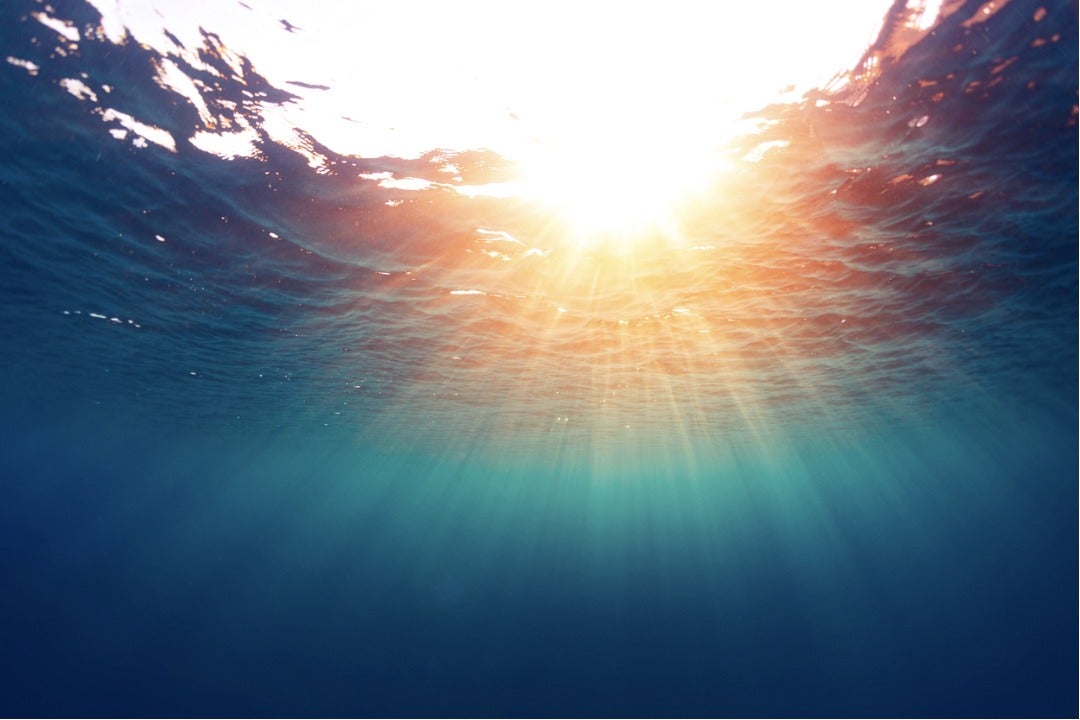Surging through the high seas, the RV Falkor hunts.
Equipped with state-of-the-art acoustic and biomonitoring technology, the research vessel is in pursuit of the North Pacific Ocean’s apex predator – the great white shark. Its domain is the largely unexplored White Shark Café, a subtropical gyre that used to be considered an oceanic desert. The ship is staffed by a team of oceanographers, marine ecologists, and molecular biologists from Stanford University, Monterey Bay Aquarium, Monterey Bay Aquarium Research Institute (MBARI), the University of Delaware, and the NOAA Office of Exploration.
At a discussion hosted by the Aspen Institute High Seas Initiative on May 15, an esteemed panel of marine researchers offered a preview of the unprecedented expedition of the Schmidt Ocean Institute’s RV Falkor. The panelists included Dr. Sylvia Earle, renowned marine biologist and co-chair of the High Seas Initiative, and marine biologist Dr. Barbara Block, whose team is following the tracks of great white sharks off the coast Baja California. Using a fleet of wearable tech, Block’s team is tracing the predators across the ocean to find out where they go when they leave American coastlines in the spring.
Dr. Bruce Robeson, a Senior Scientists and Midwater Ecologist at MBARI currently aboard the RV Falkor, described the crew’s remarkable initial findings via a livestream from the vessel. “What we found was that [the zone] is anything but a desert,” said Robeson. “We found a surprising richness in the midwater fauna, and a surprising diversity as well.”
The team of researchers have spent the final three weeks of the maritime expedition tracking not only Great whites, but also mahi, maka, and blue sharks, having bio-logged specific individuals with pop-up satellite tags that they have only just finished retrieving from the open ocean. In studying the tags’ high resolution behavioral data on the Pacific predators, the voyagers are on a mission to discover just what makes the White Shark Café so unique and vulnerable to anthropogenic impacts.
Video courtesy of the Schmidt Ocean Institute
“We know that sharks have no borders,” said Dr. Francesco Ferretti, Research Associate for the Stanford Hopkins Marine Station. “Half of the time, these white sharks are exposed to an international fishing fleet of more than 20 fishing fleets in the open ocean. This is no-man’s land, and it’s very hard to monitor catches in this area, especially for a protected species, for which a reporting of a catch may have additional layers of complexity and problems.”
Ecological research in the high seas is vital not only for the protection great whites, but for the future of all marine life – which is currently under threat. “As we know, in the past 50-60 years, with the rise of industrial fishing, we have been deploying of boats that plod the seabed with trawlers and put kilometers of nets to fish our target species,” said Ferretti. “Over time, this exploitation intensified because shark became a target fish, with the rise of the demand from Asiatic fin markets, a lot of industrial fishing fleets switched to targeting sharks. And now, wherever we were fishing and catching these sharks, in the last decades, we have been detecting strong and steep [population] declines.”
So, how does the expedition’s innovative technology aid in the conservation of marine species?
Video Courtesy of the Schmidt Ocean Institute
“Fortunately, right now, we are collaborating with this tremendous team of the Global Fishing Watch, Skytruth, and Google, and other academic partners, and now we can access tremendous game-changing technologies,” Ferretti said. From analyzing this data, we can understand real dynamics of fishing fleets in the ocean.
This technology includes automatic identification systems that allow researchers to discover what lies beneath the surface of the White Shark Café, where great white sharks loom beyond satellite imagery and the naked eye. By better understanding the region’s ecology, scientists can advise policymakers on how to best protect these critical ecosystems.
Video courtesy of the Schmidt Ocean Institute
“If we could just go back 50 years, or sooner if we could, armed with what we now know, what might we do to protect the systems that keep us alive, now that we know that it really matters?” asked Earle.
Soon that question will no longer be a mystery for the voyagers of the RV Falkor. In the months to come, the researchers will sift through and analyze roughly 3,000 days of data – and share their findings with the world.
You can take a virtual tour of the RV Falkor, track the vessel’s current status, and more.


